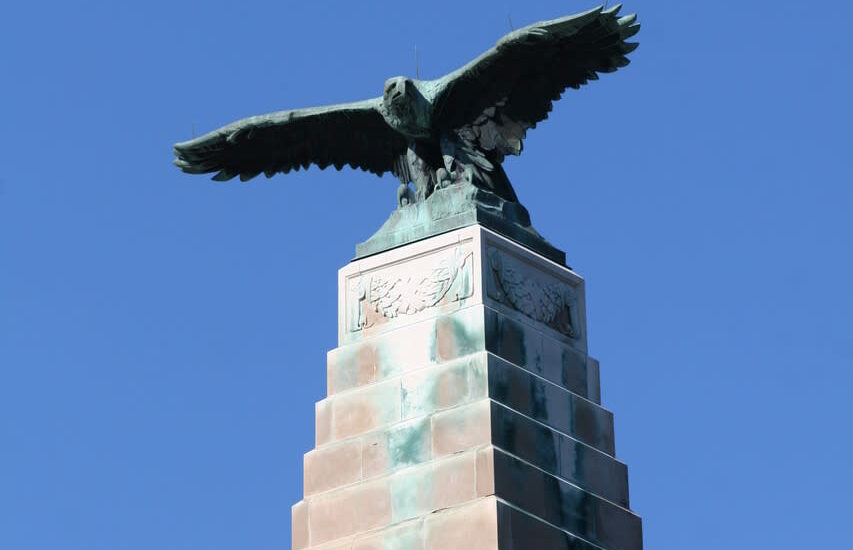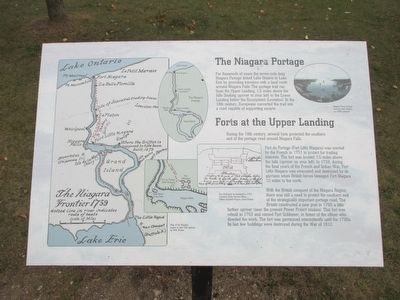Welcome to the MacDonough Monument, a towering tribute to one of America’s unsung heroes, Commodore Thomas Macdonough. Standing 135 feet tall in the historic city of Plattsburgh, New York, this monument is a testament to a pivotal moment in American history—the Battle of Plattsburgh.
Thomas Macdonough began his illustrious naval career at the tender age of 16, serving during the Barbary Wars. However, it was on the waters of Lake Champlain that he would secure his place in history. During the War of 1812, British forces sought to invade the United States via Lake Champlain, but Macdonough’s strategic acumen turned the tide. On September 11, 1814, his fleet decisively defeated the British, compelling them to retreat to Canada and ultimately leading to peace negotiations. This victory not only safeguarded the northern frontiers of the fledgling United States but also played a crucial role in the eventual treaty that ended the war.
The monument itself was designed by the renowned architect John Russell Pope, who also crafted the Jefferson Memorial in Washington, D.C. Erected in 1926, its dedication was attended by 7,000 people, underscoring the enduring gratitude for Macdonough’s victory. Inside, six interpretive panels narrate the story of the battle and offer visitors a glimpse into the past.
Today, visitors who climb the 156 steps to the top of the monument are rewarded with a breathtaking view of Plattsburgh Bay, the very site of Macdonough’s famous naval engagement. The monument not only commemorates a historic battle but also serves as a reminder of the strategic importance of Lake Champlain during the War of 1812.
So, as you stand before this historical landmark, imagine the clashing of ships and the roar of cannon fire that once echoed across these waters. The MacDonough Monument remains a silent guardian of history, celebrating a victory that ensured the survival of a young nation.



